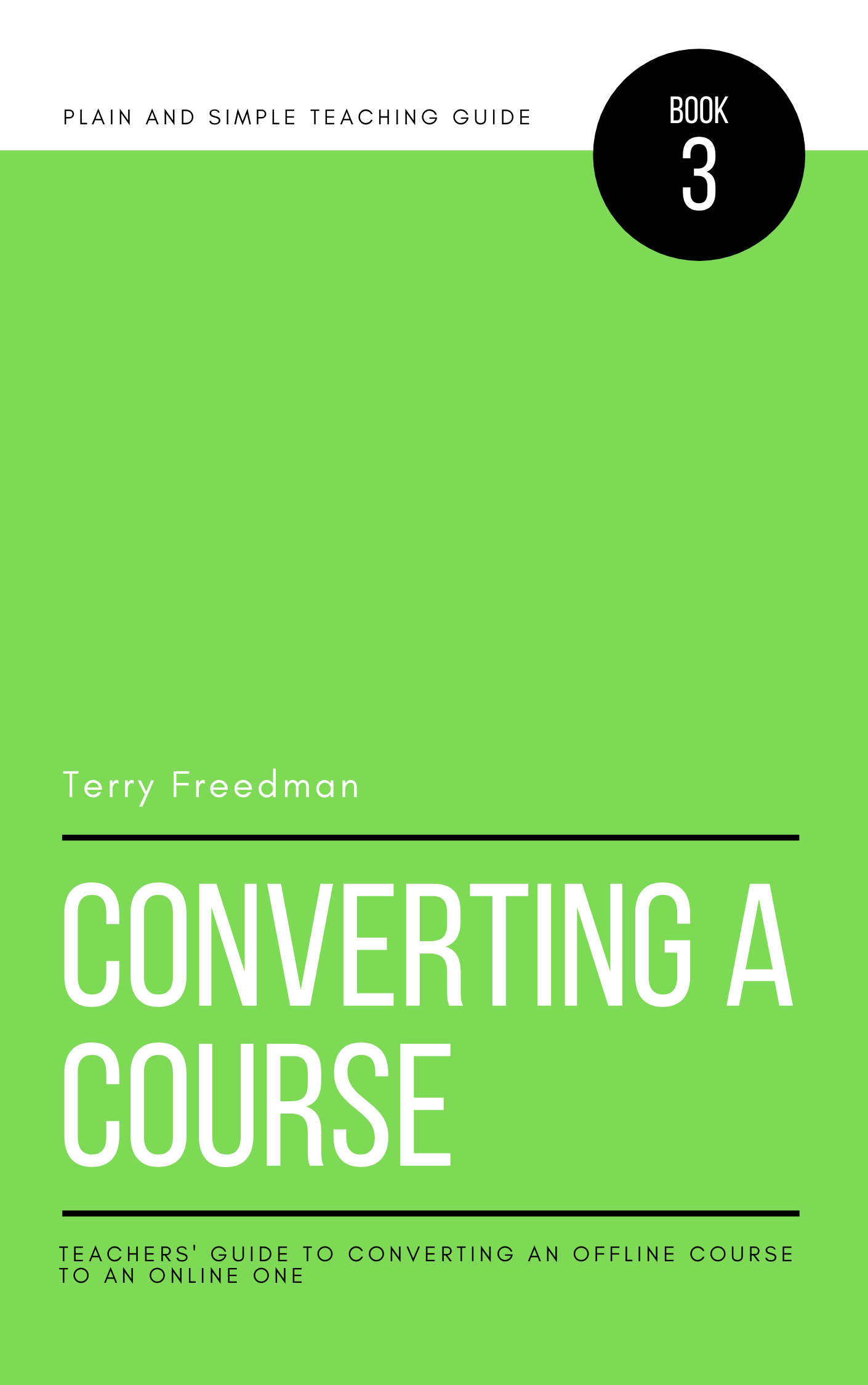Here is a round-up of my most recent articles about how to teach online, based on my experience of teaching adults.
This is a fairly comprehensive account of the steps I went through to convert a course from one I taught in a physical classroom to one I could teach online.
In case you missed this when I posted it during half-term… I’ve written a long article about how I converted a course I’d taught in a classroom to one I was able to teach online. You can grab a checklist version of it in the form of a pdf by signing up to my newsletter, Digital Education, which is free.
The following seven tips are based on my own experience, both as a tutor and a student, of things not going to plan.
The first thing that struck me when doing the research for this article is how often the terms “blended learning” and “hybrid learning” seem to be used to mean whatever the writer wants them to mean.
You may wish to write some supplementary material to accompany the existing resources, consisting of suggestions or prompts for the teacher. Here is a list of considerations to guide the creation of these supplementary resources.
UPDATED! If you are an expert in your field, and now teach adults online, but don’t have any formal training as a teacher, you may find these tips useful.
In 2019 I taught an introductory course on blogging, for adults. I was invited to teach it again. Then a small event called a pandemic intervened, so I was told that the course would be moved from a physical classroom to an online one. My reaction? Excellent.
Lau provides a useful article that contains much information, based on research, that not everyone will have been aware of.

If you found this article interesting or useful (or even both!), why not subscribe to my free newsletter, Digital Education? It’s been going since the year 2000, and has slow news, informed views and honest reviews for Computing and ed tech teachers — and useful experience-based tips.









